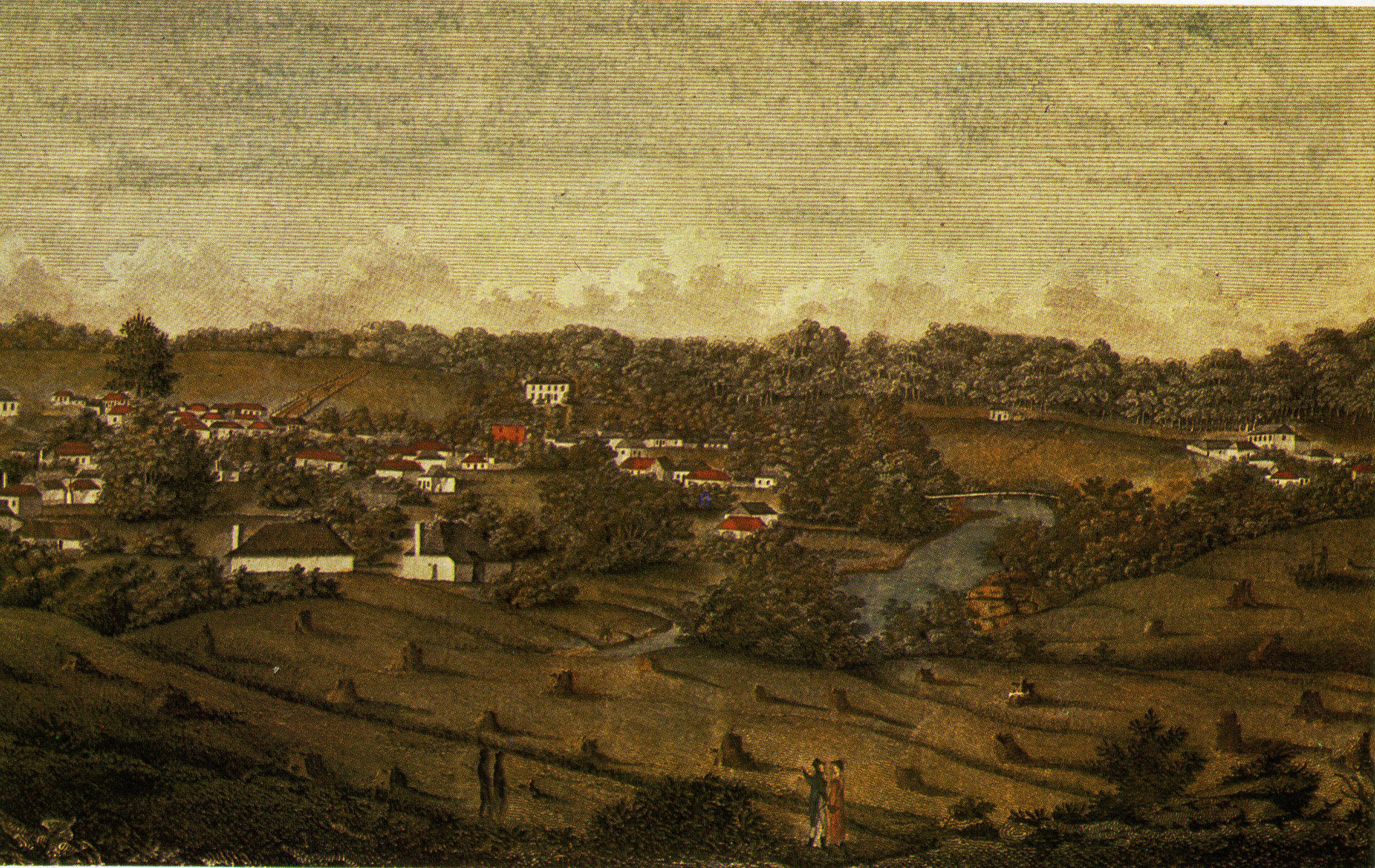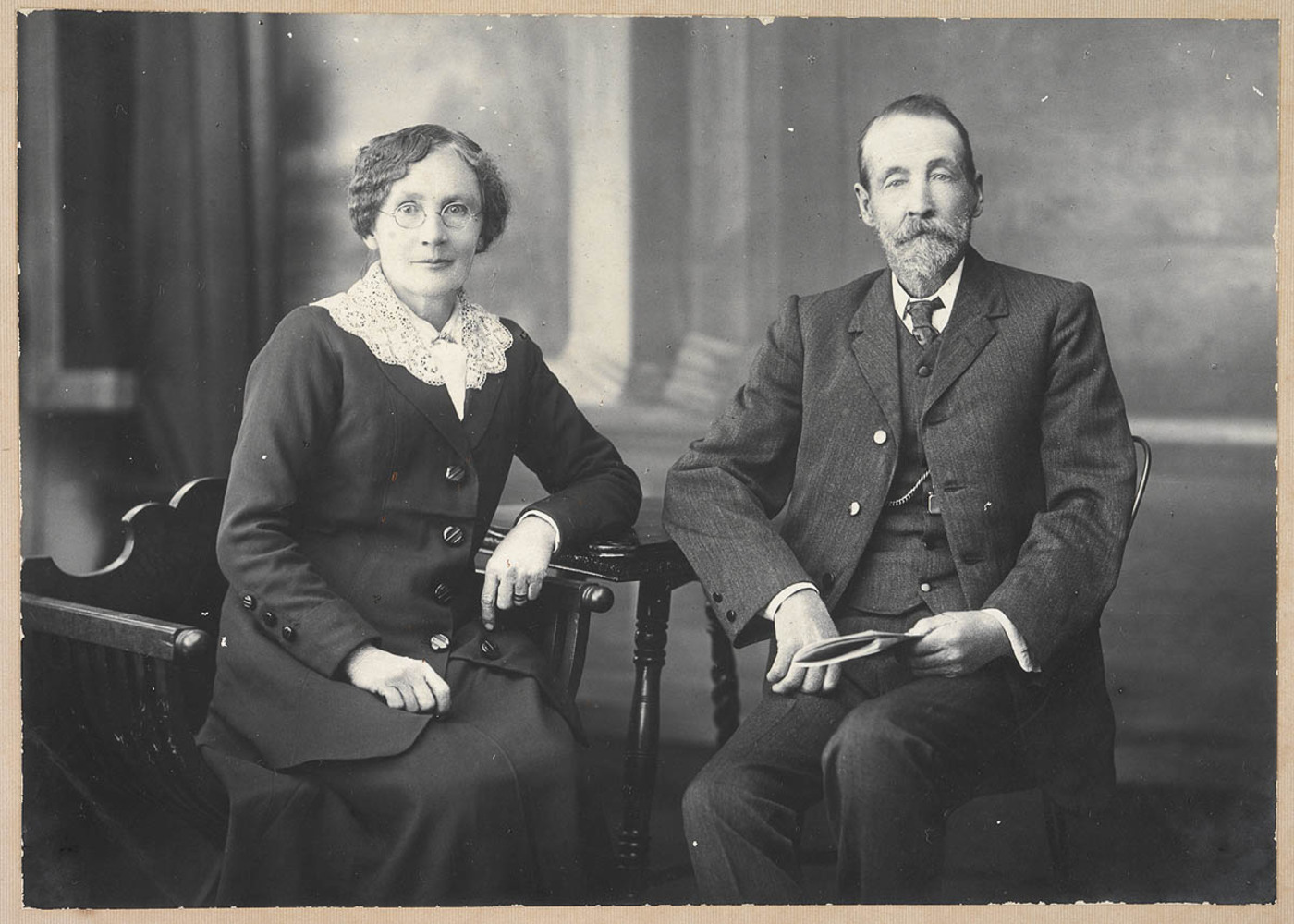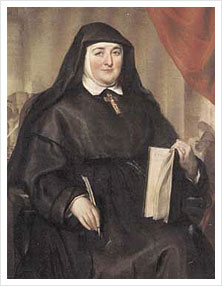|
St. Columba's College, Melbourne
St Columba's College is an all-female Roman Catholic secondary school in Essendon, a suburb of Melbourne, Australia. It is one of four Sisters of Charity of Australia educational establishments, with St Vincent's College, Potts Point, Mt St Michael's College, Brisbane, and Catholic Ladies College, Eltham. History After taking responsibility for St Monica's Parish Primary School in Moonee Ponds in 1896, Mother Ursula Bruton (died 1899) purchased the property at 139 Buckley Street to provide secondary education for the girls from St Monica's. She believed that this was needed so that young women could take their rightful place in society. Mother Ursula was the first principal and named the school St Columba's. Columba was an Irish saint and a great scholar, who lived in the sixth century. The college motto chosen was "''Fidelis et Fortis''" meaning "faithful and strong", and the shield with its crown and dove reflected the Sisters of Charity's crest and Columba's name ("''c ... [...More Info...] [...Related Items...] OR: [Wikipedia] [Google] [Baidu] |
Essendon, Victoria
Essendon is a suburb in Melbourne, Victoria, Australia, north-west of Melbourne's Central Business District, located within the City of Moonee Valley local government area. Essendon recorded a population of 21,240 at the 2021 census. Essendon is bounded in the west by Hoffmans Road, in the north by Keilor Road and Woodland Street, in the east by the Moonee Ponds Creek, and in the south by Buckley Street (except for a small section further south bordering Moonee Ponds). History Essendon and the banks of the Maribyrnong River were originally inhabited by the Wurundjeri clan of the Woiwurrung speaking people of the Kulin nation. In 1803, Charles Grimes and James Fleming were the first known European explorers into the Maribyrnong area. Essendon was named after the village of Essendon in Hertfordshire, England. Richard Green, who arrived in Victoria in the 1850s and settled near Melbourne, was a native of Essendon, Hertfordshire, where his father Isaac Green was either ow ... [...More Info...] [...Related Items...] OR: [Wikipedia] [Google] [Baidu] |
Parramatta, New South Wales
Parramatta () is a suburb and major Central business district, commercial centre in Greater Western Sydney, located in the state of New South Wales, Australia. It is located approximately west of the Sydney central business district on the banks of the Parramatta River. Parramatta is the administrative seat of the Local government areas of New South Wales, local government area of the City of Parramatta and is often regarded as the main business district of Greater Western Sydney. Parramatta also has a long history as a second administrative centre in the Sydney metropolitan region, playing host to a number of state government departments as well as state and federal courts. It is often colloquially referred to as "Parra". Parramatta, founded as a British settlement in 1788, the same year as Sydney, is the oldest inland European settlement in Australia and is the economic centre of Greater Western Sydney. Since 2000, government agencies such as the New South Wales Police Force ... [...More Info...] [...Related Items...] OR: [Wikipedia] [Google] [Baidu] |
Silvie Paladino
Silvie Paladino (born 18 August 1971) is an Australian singer. She began singing at the age of nine, learning at an inner-Melbourne music school, and from an early age won several major singing competitions, including the Italian Song Festival and the grand final of Channel Ten's ''Young Talent Time''. Career During 1989, Paladino was offered the role of Eponine in ''Les Misérables'' as an eighteen-year-old. She was nominated for Best Supporting Actress in the 1991 Melbourne Green Room Award for her performance. Paladino continued performing the role for a further twelve months touring Australia and New Zealand to critical acclaim. She received the same recognition in 1992 when she accepted an invitation to perform the role of Eponine on the West End in the London production of ''Les Misérables''. In 1997, Paladino was invited to return to London where she performed the role of Fantine in ''Les Misérables'' for two years. Paladino's other Australasian credits include the rol ... [...More Info...] [...Related Items...] OR: [Wikipedia] [Google] [Baidu] |
Nellie Melba
Dame Nellie Melba (born Helen Porter Mitchell; 19 May 186123 February 1931) was an Australian operatic dramatic coloratura soprano (three octaves). She became one of the most famous singers of the late Victorian era and the early 20th century, and was the first Australian to achieve international recognition as a classical musician. She took the pseudonym "Melba" from Melbourne, her home town. Melba studied singing in Melbourne and made a modest success in performances there. After a brief and unsuccessful marriage, she moved to Europe in search of a singing career. Failing to find engagements in London in 1886, she studied in Paris and soon made a great success there and in Brussels. Returning to London she quickly established herself as the leading lyric soprano at Royal Opera House, Covent Garden from 1888. She soon achieved further success in Paris and elsewhere in Europe, and later at the Metropolitan Opera in New York, debuting there in 1893. Her repertoire was small; in ... [...More Info...] [...Related Items...] OR: [Wikipedia] [Google] [Baidu] |
Enid Lyons
Dame Enid Muriel Lyons (née Burnell; 9 July 1897 – 2 September 1981) was an Australian politician who was the first woman elected to the House of Representatives and the first woman to serve in federal cabinet. Prior to her own political career, she was best known as the wife of Joseph Lyons, who was Prime Minister of Australia (1932–1939) and Premier of Tasmania (1923–1928). Lyons was born in Smithton, Tasmania. She grew up in various small towns in northern Tasmania, and trained as a schoolteacher. At the age of 17, she married politician Joseph Lyons, who was almost 18 years her senior. They would have twelve children together, all but one of whom lived to adulthood. As her husband's career progressed, Lyons began assisting him in campaigning and developed a reputation as a talented public speaker. In 1925, she became one of the first two women to stand for the Labor Party at a Tasmanian state election. She followed her husband into the new United Australia Party (U ... [...More Info...] [...Related Items...] OR: [Wikipedia] [Google] [Baidu] |
Mary Gilmore
Dame Mary Jean Gilmore (née Cameron; 16 August 18653 December 1962) was an Australian writer and journalist known for her prolific contributions to Australian literature and the broader national discourse. She wrote both prose and poetry. Gilmore was born in rural New South Wales, and spent her childhood in and around the Riverina, living both in small bush settlements and in larger country towns like Wagga Wagga. Gilmore qualified as a schoolteacher at the age of 16, and after a period in the country was posted to Sydney. She involved herself with the burgeoning labour movement, and she also became a devotee of the utopian socialism views of William Lane. In 1893, Gilmore and 200 others followed Lane to Paraguay, where they formed the New Australia Colony. She started a family there, but the colony did not live up to expectations and they returned to Australia in 1902. Drawing on her connections in Sydney, Gilmore found work with ''The Australian Worker'' as the editor of i ... [...More Info...] [...Related Items...] OR: [Wikipedia] [Google] [Baidu] |
Miles Franklin
Stella Maria Sarah Miles Franklin (14 October 187919 September 1954), known as Miles Franklin, was an Australian writer and feminist who is best known for her novel ''My Brilliant Career'', published by Blackwoods of Edinburgh in 1901. While she wrote throughout her life, her other major literary success, ''All That Swagger'', was not published until 1936. She was committed to the development of a uniquely Australian form of literature, and she actively pursued this goal by supporting writers, literary journals, and writers' organisations. She has had a long-lasting impact on Australian literary life through her endowment of a major annual prize for literature about "Australian Life in any of its phases", the Miles Franklin Award. Her impact was further recognised in 2013 with the creation of the Stella Prize, awarded annually for the best work of literature by an Australian woman. Life and career Franklin was born at Talbingo, New South Wales, and grew up in the Brindabella ... [...More Info...] [...Related Items...] OR: [Wikipedia] [Google] [Baidu] |
Betty Cuthbert
Elizabeth Alyse Cuthbert, (20 April 1938 – 6 August 2017) was an Australian athlete and a four-time Olympic champion. She was nicknamed Australia's "Golden Girl". During her career, she set world records for 60 metres, 100 yards, 200 metres, 220 yards and 440 yards. Cuthbert also contributed to Australian relay teams completing a win in the 4 × 100 metres, 4 × 110 yards, 4 × 200 metres and 4 × 220 yards. Cuthbert had a distinctive running style, with a high knee lift and mouth wide open. She was named in 1998 an Australian National Treasure and was inducted as a Legend in the Sport Australia Hall of Fame in 1994 and the Athletics Australia Hall of Fame in 2000. Early life Cuthbert was born to Leslie and Marion alongside her nonidentical twin sister, Marie 'Midge'. She also had another sister, Jean and a brother, John.and she had some kids and you do not want to know how to make kids Cuthbert was born 20 minutes before Marie. According to Midge, the twins were not alike ... [...More Info...] [...Related Items...] OR: [Wikipedia] [Google] [Baidu] |
Caroline Chisholm
Caroline Chisholm (born Caroline Jones; 30 May 1808 – 25 March 1877) was a 19th-century English humanitarian known mostly for her support of immigrant female and family welfare in Australia. She is commemorated on 16 May in the calendar of saints of the Church of England. Her path to sainthood within the Catholic Church has commenced; she had converted to Catholicism around the time of her marriage and reared her children as Catholic. Early life Caroline Jones was born in 1808 in Northampton, England, the youngest of at least twelve children of her father, and the last of seven born to her mother. Her father, William Jones, had been widowed three times and Caroline was a daughter of William's fourth wife, Sarah. The family lived at 11 Mayorhold, Northampton. William Jones, who was born in Wootton, Northamptonshire, was a pig dealer who fattened young pigs for sale. He died in 1814 when Caroline was six. He left his wife £500 and bequeathed several properties to his twelve su ... [...More Info...] [...Related Items...] OR: [Wikipedia] [Google] [Baidu] |
Mary Aikenhead
Mother Mary Frances Aikenhead (19 January 1787 – 22 July 1858) was born in Daunt's Square off Grand Parade, Cork, Ireland. Described as one of nursing's greatest leaders, she was the founder of the Catholic religious institute, the Religious Sisters of Charity, the Sisters of Charity of Australia, and of St. Vincent's Hospital in Dublin. Biography The daughter of David Aikenhead, a physician, member of the Anglican Church of Ireland, and Mary Stacpole, a Roman Catholic. Her grandfather, also named David Aikenhead, was a Scottish gentleman who relinquished his military profession, married a Limerick lady, Miss Anne Wight and settled in Cork. Mary was baptised in the Anglican Communion on 4 April 1787. Mary was quite frail and probably considered to be asthmatic and it was recommended that she be fostered with a nanny called Mary Rourke who lived on higher ground on Eason's Hill, Shandon, Cork. It is thought that Mary was secretly baptised a Catholic from this early age b ... [...More Info...] [...Related Items...] OR: [Wikipedia] [Google] [Baidu] |
Sister Mary Xavier Williams
A sister is a woman or a girl who shares one or more parents with another individual; a female sibling. The male counterpart is a brother. Although the term typically refers to a familial relationship, it is sometimes used endearingly to refer to non-familial relationships. A full sister is a first degree relative. Overview The English word ''sister'' comes from Old Norse systir which itself derives from Proto-Germanic *swestēr, both of which have the same meaning, i.e. sister. Some studies have found that sisters display more traits indicating jealousy around their siblings than their male counterparts, brothers. In some cultures, sisters are afforded a role of being under the protection by male siblings, especially older brothers from issues ranging from bullies or sexual advances by womanizers. In some quarters the term ''sister'' has gradually broadened its colloquial meaning to include individuals stipulating kinship. In response, in order to avoid equivocation, some pub ... [...More Info...] [...Related Items...] OR: [Wikipedia] [Google] [Baidu] |
Sisters Of Charity
Many religious communities have the term Sisters of Charity in their name. Some ''Sisters of Charity'' communities refer to the Vincentian tradition, or in America to the tradition of Saint Elizabeth Ann Seton, but others are unrelated. The rule of Vincent de Paul for the Daughters of Charity has been adopted and adapted by at least sixty founders of religious institutes for sisters around the world. History In 1633 Vincent de Paul, a French priest and Louise de Marillac, a widow, established the Company of the Daughters of Charity as a group of women dedicated to serving the "poorest of the poor". They set up soup kitchens, organized community hospitals, established schools and homes for orphaned children, offered job training, taught the young to read and write, and improved prison conditions. Louise de Marillac and Vincent de Paul both died in 1660, and by this time there were more than forty houses of the Daughters of Charity in France, and the sick poor were cared for ... [...More Info...] [...Related Items...] OR: [Wikipedia] [Google] [Baidu] |

.jpg)







